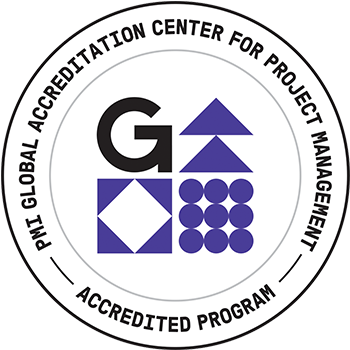Construction of buildings with prefabricated elements has been considered a very efficient approach for improving construction processes and productivity. It facilitates quality and reduces time and cost overruns. However, it is an effective method that the construction industry has found difficult to implement. This paper provides an overview of the use of prefabricated components for building construction in Lagos state, Nigeria. The paper also reports the global trends of prefabrication in building construction. These are derived from a systematic literature review in a quest to answer the research question of the study. Four databases were used, and a total of 884 records were located. This number was later reduced to 30 most relevant peer-reviewed journal articles that formed the background information for the research. This study reveals that despite the advantages of prefabricated methods of housing construction and practical examples of its successful application, many challenges still occur in practice. Key among these challenges are initial high costs of establishing prefabrication firms, lack of awareness of the potential of the prefabrication technology among the built environment professionals, non-availability of adequate local prefabrication firms, technical know-how and other technical challenges in installations among others. The study concludes that although there are a number of factors discouraging the use of prefabrication in building construction, the benefits over-shadow the challenges. Therefore, effort should be re-doubled to encourage the use of prefabrication technology in building construction to address the housing demand-supply gap in Lagos, Nigeria. Recommendations are provided for further study on the use of prefabricated methods of construction in Nigeria.
PMI Talent Triangle: Technical Project Management

